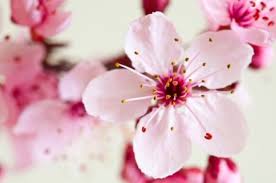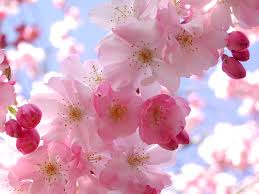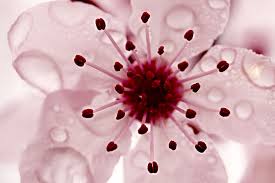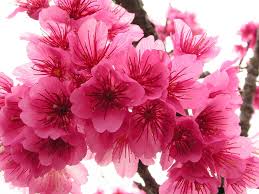Coconut Flowers
The coconut palm (also, cocoanut), Cocos nucifera, is a member of the family Arecaceae (palm family). It is the only accepted species in the genus Cocos. The term coconut can refer to the entire coconut palm, the seed, or the fruit, which, botanically, is a drupe, not a nut. The spelling cocoanut is an archaic form of the word. The term is derived from 16th-century Portuguese and Spanish coco, meaning "head" or "skull", from the three small holes on the coconut shell that resemble human facial features.
Found throughout the tropic and subtropic area, the coconut is known for its great versatility as seen in the many domestic, commercial, and industrial uses of its different parts. Coconuts are part of the daily diets of many people. Coconuts are different from any other fruits because they contain a large quantity of "water" and when immature they are known as tender-nuts or jelly-nuts and may be harvested for drinking. When mature, they still contain some water and can be used as seednuts or processed to give oil from the kernel, charcoal from the hard shell and coir from the fibrous husk. The endosperm is initially in its nuclear phase suspended within the coconut water. As development continues, cellular layers of endosperm deposit along the walls of the coconut, becoming the edible coconut "flesh". When dried, the coconut flesh is called copra. The oil and milk derived from it are commonly used in cooking and frying; coconut oil is also widely used in soaps and cosmetics. The clear liquid coconut water within is a refreshing drink. The husks and leaves can be used as material to make a variety of products for furnishing and decorating. It also has cultural and religious significance in many societies that use it.


 Kingdom: Plantae
Kingdom: Plantae
Class: Monocots
Order: Arecales
Suborder: Commelinids
Family: Arecaceae
Subfamily: Arecoideae
Tribe: Cocoeae
Genus: Cocos
Species: C. nucifera




Tomato Flowers
The tomato is the edible, often red fruit of the plant Solanum lycopersicum, commonly known as a tomato plant. Both the species and its use as a food originated in Mexico, and spread around the world following the Spanish colonization of the Americas. Its many varieties are now widely grown, sometimes in greenhouses in cooler climates.
The tomato is consumed in diverse ways, including raw, as an ingredient in many dishes, sauces, salads, and drinks. While it is botanically a fruit, it is considered a vegetable for culinary purposes (as well as by the United States Supreme Court, see Nix v. Hedden), which has caused some confusion. The fruit is rich in lycopene, which may have beneficial health effects.
The tomato belongs to the nightshade family. The plants typically grow to 1–3 meters (3–10 ft) in height and have a weak stem that often sprawls over the ground and vines over other plants. It is a perennial in its native habitat, although often grown outdoors in temperate climates as an annual. An average common tomato weighs approximately 100 grams.
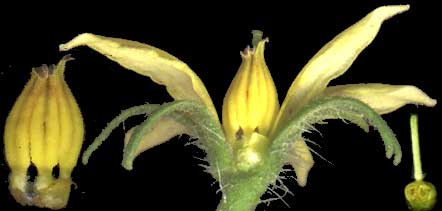
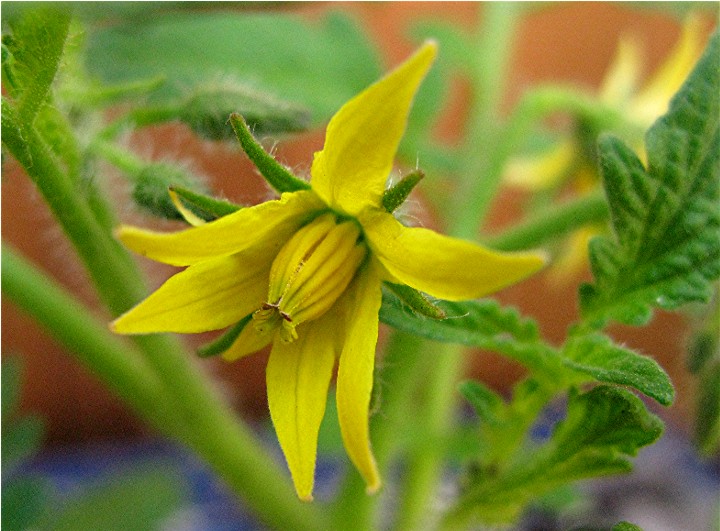
 Kingdom: Plantae
Kingdom: Plantae
(unranked): Angiosperms
Division: Magnoliophyta
(unranked): Eudicots
Class: Magnoliopsida
(unranked): Asterids
Order: Solanales
Family: Solanaceae
Subfamily: Solanoideae
Tribe: Solaneae
Genus: Solanum
Species: S. lycopersicum

Passiflora
Passiflora, known also as the passion flowers or passion vines, is a genus of about 500 species of flowering plants, the namesakes of the family Passifloraceae. They are mostly vines, with some being shrubs, and a few species being herbaceous. For information about the fruit of the passiflora plant, see passionfruit. The monotypic genus Hollrungia seems to be inseparable from Passiflora, but further study is needed.
Kingdom: Plantae
(unranked): Angiosperms
(unranked): Eudicots
(unranked): Rosids
Order: Malpighiales
Family: Passifloraceae
Genus: Passiflora



Distribution
The family Passifloraceae has a pantropical distribution. Passiflora itself is absent from Africa, where many other members of the family Passifloraceae occur (e.g. the more plesiomorphic Adenia).
Nine species of Passiflora are native to the USA, found from Ohio to the north, west to California and south to the Florida Keys. Most other species are found in South America, Eastern Asia, and Southern Asia, New Guinea, four or more species in Australia and a single endemic species in New Zealand. New species continue to be identified: for example, P. pardifolia and P. xishuangbannaensis have only been known to the scientific community since 2006 and 2005, respectively.
Some species of Passiflora have been naturalised beyond their native ranges. For example, Blue Passion Flower (P. caerulea) now grows wild in Spain. The purple passionfruit (P. edulis) and its yellow relative flavicarpa have been introduced in many tropical regions as commercial crops.

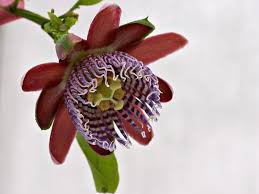

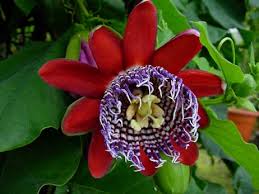
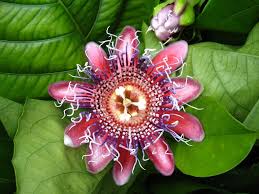

Cherry blossom
"Cherry Blossom" and "Sakura" redirect here. For other uses, see Cherry Blossom (disambiguation) and Sakura (disambiguation).
Cherry blossoms in Fukushima
Cherry blossoms at the Tokyo Imperial Palace
A cherry blossom is the flower of any of several trees of genus Prunus, particularly the Japanese Cherry, Prunus serrulata, which is sometimes called sakura after the Japanese (桜 or 櫻; さくら). Many of the varieties that have been cultivated for ornamental use do not produce fruit. Edible cherries generally come from cultivars of the related species Prunus avium and Prunus cerasus.



"Hanami" is the centuries-old practice of picnicking under a blooming sakura or ume tree. The custom is said to have started during the Nara Period (710–794) when it was ume blossoms that people admired in the beginning. But by the Heian Period (794–1185), cherry blossoms came to attract more attention and hanami was synonymous with sakura. From then on, in both waka and haiku, "flowers" (花 hana?) meant "cherry blossoms". The custom was originally limited to the elite of the Imperial Court, but soon spread to samurai society and, by the Edo period, to the common people as well. Tokugawa Yoshimune planted areas of cherry blossom trees to encourage this. Under the sakura trees, people had lunch and drank sake in cheerful feasts.
Every year the Japanese Meteorological Agency and the public track the sakura zensen (cherry blossom front) as it moves northward up the archipelago with the approach of warmer weather via nightly forecasts following the weather segment of news programs. The blossoming begins in Okinawa in January and typically reaches Kyoto and Tokyo at the end of March or the beginning of April. It proceeds into areas at the higher altitudes and northward, arriving in Hokkaidō a few weeks later. Japanese pay close attention to these forecasts and turn out in large numbers at parks, shrines, and temples with family and friends to hold flower-viewing parties. Hanami festivals celebrate the beauty of the cherry blossom and for many are a chance to relax and enjoy the beautiful view. The custom of hanami dates back many centuries in Japan: the eighth-century chronicle Nihon Shoki (日本書紀) records hanami festivals being held as early as the third century CE.
Most Japanese schools and public buildings have cherry blossom trees outside of them. Since the fiscal and school year both begin in April, in many parts of Honshū, the first day of work or school coincides with the cherry blossom season.
The Japan Cherry Blossom Association developed a list of Japan's Top 100 Cherry Blossom Spots with at least one location in every prefecture.
